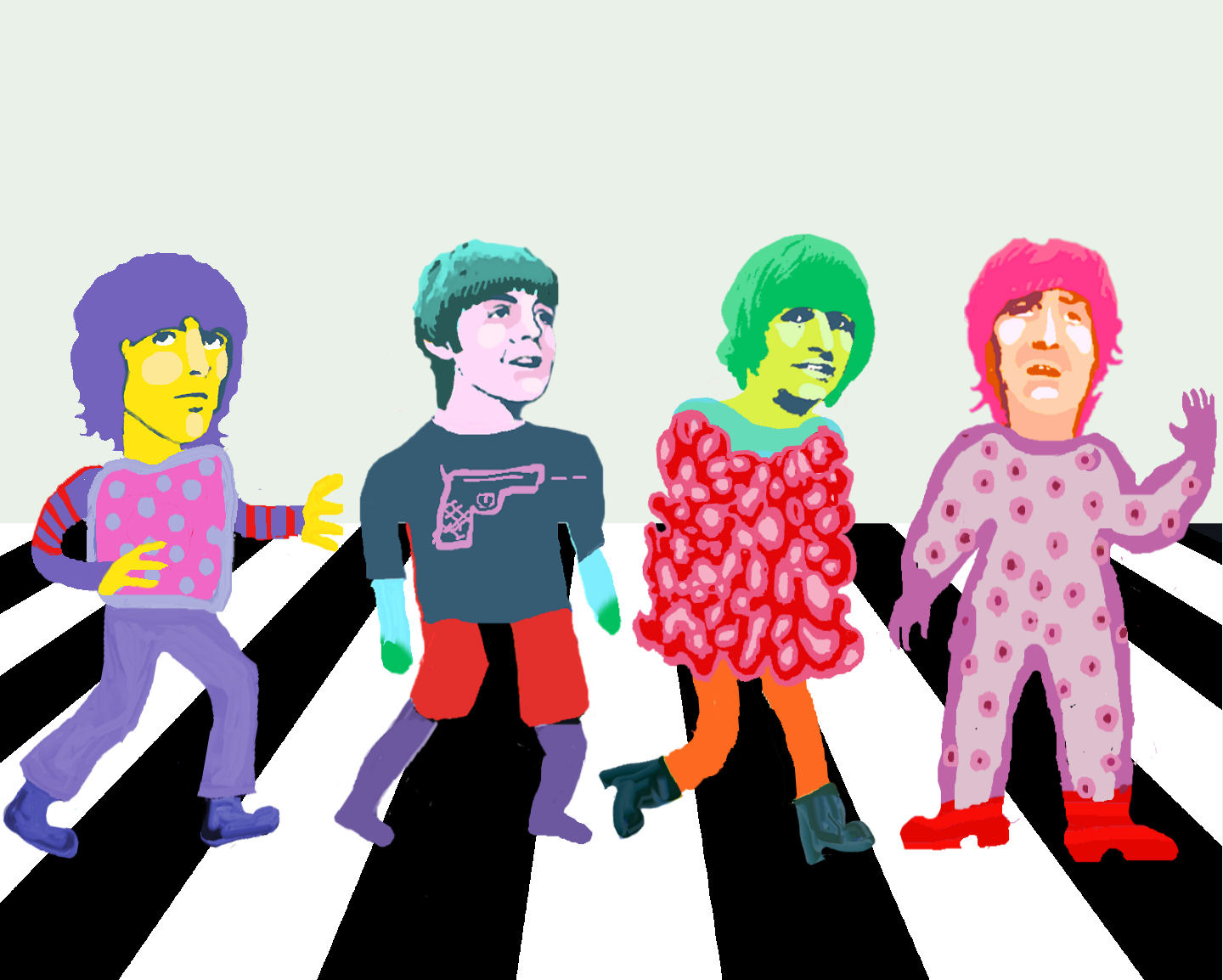(Art by Michelle Horsley)
Whitecoats & Wizards at Abbey Road
Continuing with highlights from the introduction to Revolution in the Head.
As if intuitively countering the 2nd Matrix “Tavistock” version of The Beatles, Ian MacDonald even underscores how The Beatles’ pop revolution involved a collision between inspired amateurs, craving spontaneity and immediacy, with the “whitecoats” of the recording studio professionals:
Fast-moving and devolved, the pop culture of the Sixties was intrinsically democratic. Its meaning grounded more in feeling than sense, it represented an upsurge of working-class expression into a medium till then mostly handed down to the common man by middle-class professionals with little empathy for street culture. Leading this democratization of a profession of trained specialists, The Beatles were amused on entering Abbey Road in 1962, to discover it staffed by boffin-like technicians in white lab-coats. Attached to this curious scene was a “right” way of doing things, which initially thwarted the accommodation of their sound, but which after seven years of destruction-testing in a dozen Beatles albums had completely changed. (A microcosm of the assault on orthodoxy then going on across its cultural spectrum, The Beatles’ revolutionizing of the recording studio, prompted by the demands of Lennon’s unruly imagination, was masterminded by the more methodically exploratory McCartney in tandem with George Martin and his talented engineers, Geoff Emerick and Ken Scott.) The only significant aspect of pop The Beatles failed to change was the business itself. Acquiring possibly the only honest manager in Britain at the time, certainly the only one to vote Labor, they nevertheless ended their career together on the time-honored killing field of the contractual dispute (p. 25).
MacDonald stresses the apolitical quality of the Beatles, which was something Brian Epstein made sure about until he started losing control (he died soon after The Beatles went full “rogue,” in late 1967).1





